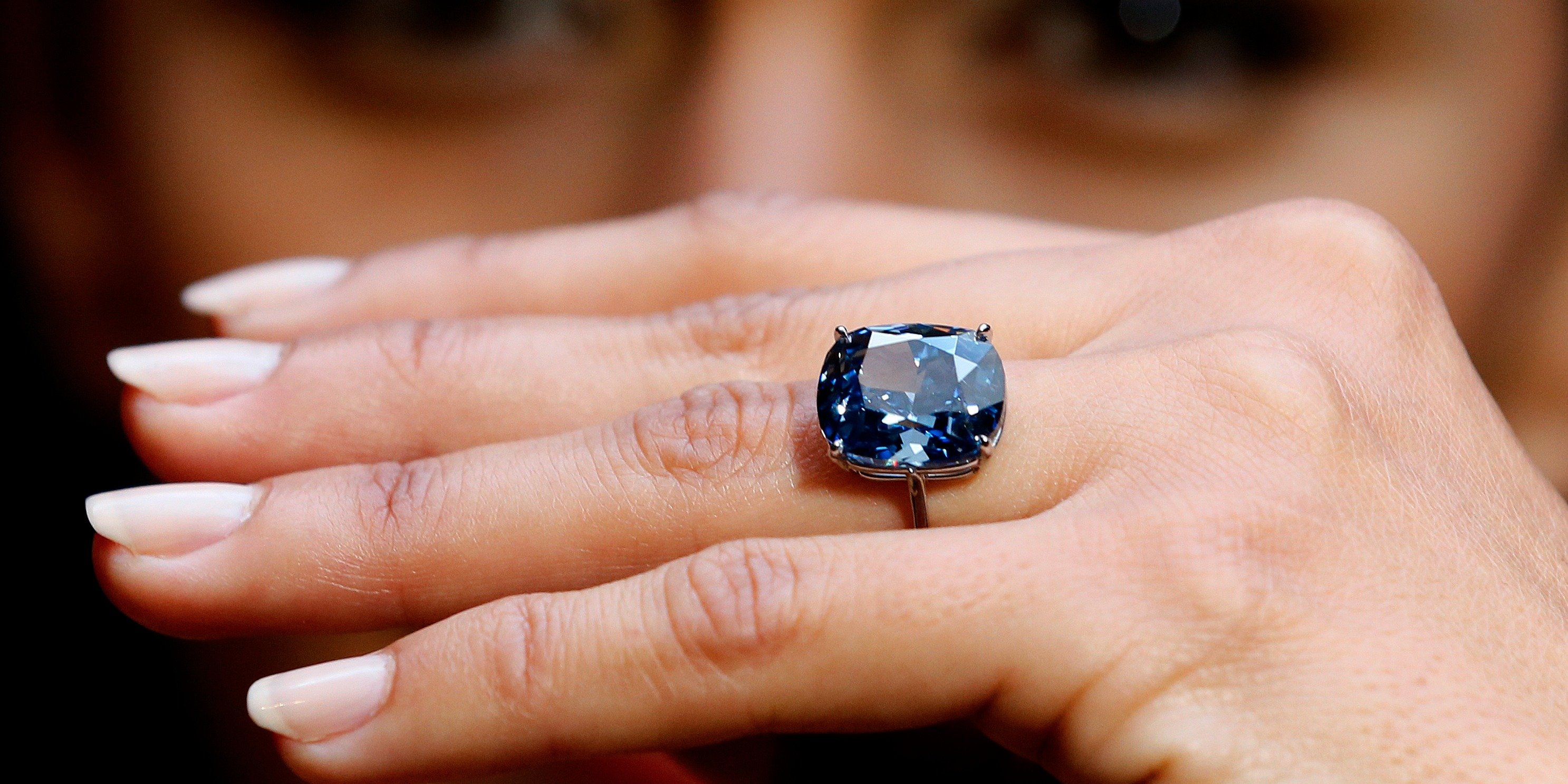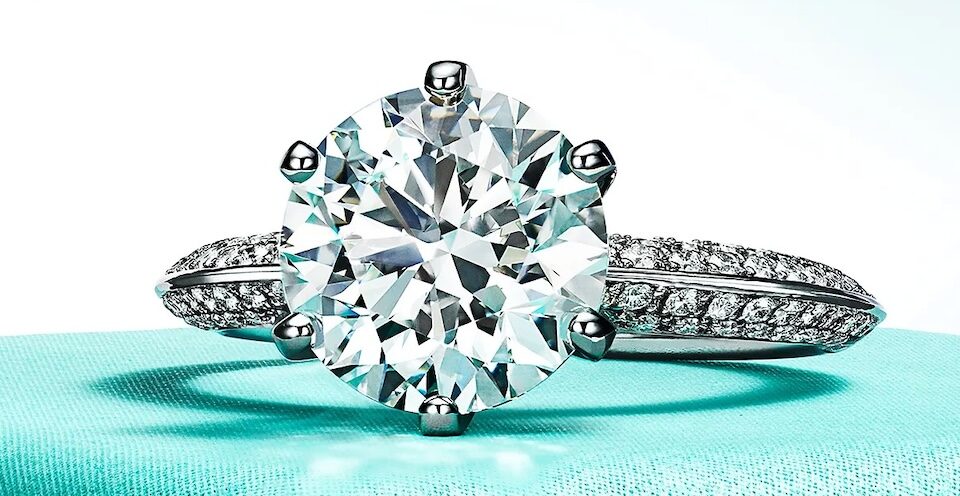
Stacking rings: How to wear them to the best effect
December 8, 2015
Record price paid for gemstone at auction
January 5, 2016Matching an engagement ring to your lifestyle

This page contains references to diamonds or engagement rings from different companies. Sometimes I do receive a commission when you click on links and buy the products.
When you’re shopping for an engagement ring, personal choice will obviously be high on the list when looking at the different metals and gemstones. A less obvious consideration though is your lifestyle and how the ring will fit in with this; both when at work and when socializing with friends or relaxing at home.
Whilst you should never settle for second best purely due to the kind of job you do or hobbies you have, it’s a thought to have in your mind when making the selection.
At work
 Many people spend a third or more of their day at work so take some time to think about the kind of work you do and how this could impact on the design of the ring.
Many people spend a third or more of their day at work so take some time to think about the kind of work you do and how this could impact on the design of the ring.
For those who work in the public eye first impressions count, wearing a large diamond or a very unusual design will certainly center the attention of those you are talking to. Jobs such as being in fashion design, media or sales mean professional image counts and your engagement ring can make a statement about who you are.
Working in jobs where there’s some kind of dirt; a ceramic artist or gardener for example, will see lots of dust and debris which could end up in the nooks and crannies of an originally open ring setting. Channel set stones could be problematic so look for sleek and smooth designs.
Police officers and security guards often find themselves in challenging situations and an engagement ring with a large diamond could bring unwanted attention. Just as beautiful is a flush-set band of diamonds or a number of smaller stones.
Being at the computer all day; in perhaps a call centre or developing software requires a design where the stone is less likely to be knocked and damaged or can catch on items such as cables. This is where choosing the right setting is an important element.
Working with people; teaching or in the care industry perhaps will see the probable damage of an engagement ring which has sharp edges. Bezel-set stones are the answer or even a prong setting where the diamonds are set very low.
At play
 Hobbies and interests are very hands on and damaging your engagement ring whilst having fun would be upsetting.
Hobbies and interests are very hands on and damaging your engagement ring whilst having fun would be upsetting.
If you like to throw pots, make bread or plant your vegetables in your spare time, avoid raised settings as they will fill with clay, flour or soil.
Those who enjoy crafts such as knitting, sewing and macramé won’t want to have precious yarn tangled in the ring so opt for smooth designs and settings. Ensure it’s the right size so the stone doesn’t spin onto the inside finger and damage threads whilst working on a piece.
Sporty athletes – particularly those who take part in team sports will probably have to cover the ring as a health and safety precaution. As an added security element to avoid scratching another player, choose a design that can’t accidentally hurt anyone. Also look at harder metals such as platinum to protect the band from scratches and dents.
If you’re not sure about the best design for your engagement ring and you don’t want to worry that it will be damaged when at work or even when relaxing, talk to a jewelry expert. They will be more than happy to help and before long you’ll have the ring of your dreams to confidently wear for the rest of your life.


